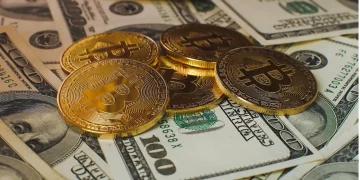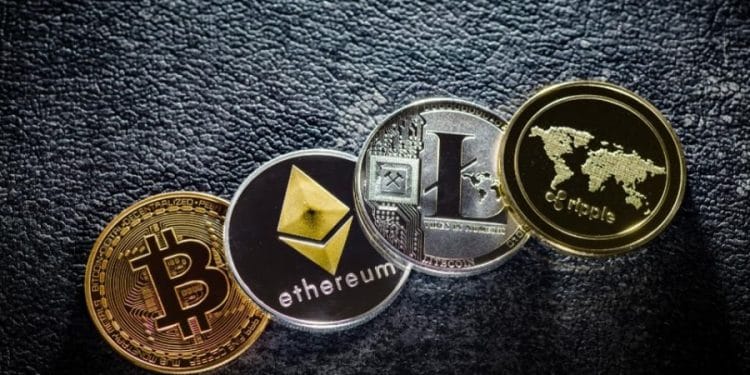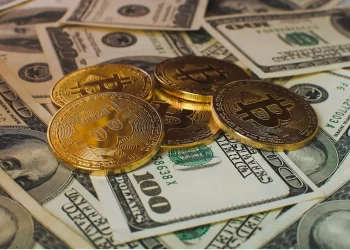Cryptocurrencies are a highly speculative asset class that is prone to high volatility. Is 2020 the year in which you should hodl your crypto? We will explore the reasons that support holding cryptos this year.
Volatility rules the altcoin market and can make investors wary of having such unstable assets, but this volatility can also be a great way of buying more holdings and potentially make profits when the prices go up again.
In this article, we will be taking advantage of the upcoming altcoin season and why you should not sell off your assets right now.
Bitcoin and Its Price Movements
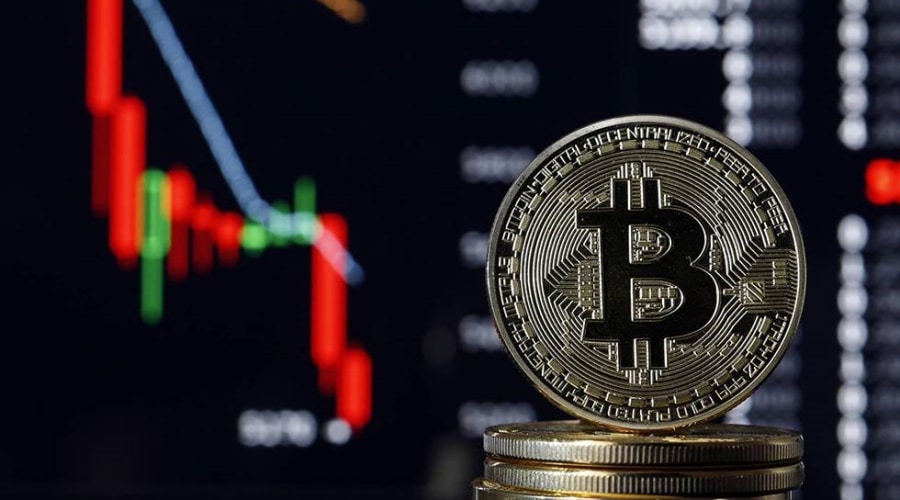
Bitcoin started rather strong in 2020, surpassing the $10,000 mark. In January, traders noticed a strong pullback to $5,000 levels. And they were right; in March BTC dropped to $5,000.
A number of popular analysts on Twitter state that Bitcoin is currently carving out a bottom. There have been a lot of reasons for Bitcoin’s recent slump. The first one is the recent coronavirus outbreak, which has impacted all financial markets around the world. The second reason would be the impending Bitcoin halving that is expected to affect the entire crypto market.
Will a New Altcoin Season Come in 2020?
People usually buy altcoins for two things: either to buy more BTCs by selling those altcoins when they grow in price against Bitcoin or to hold and keep said altcoins hoping to increase in price significantly later on, so that they can make a profit.
Buying and holding Bitcoin and altcoins is a safer strategy for those who do not want to deal with frequent price swings. Day traders are accustomed to these types of fluctuations and have experience in reading price charts and indicators in order to determine when is the best time to sell off and buy the coins they have to make a profit.
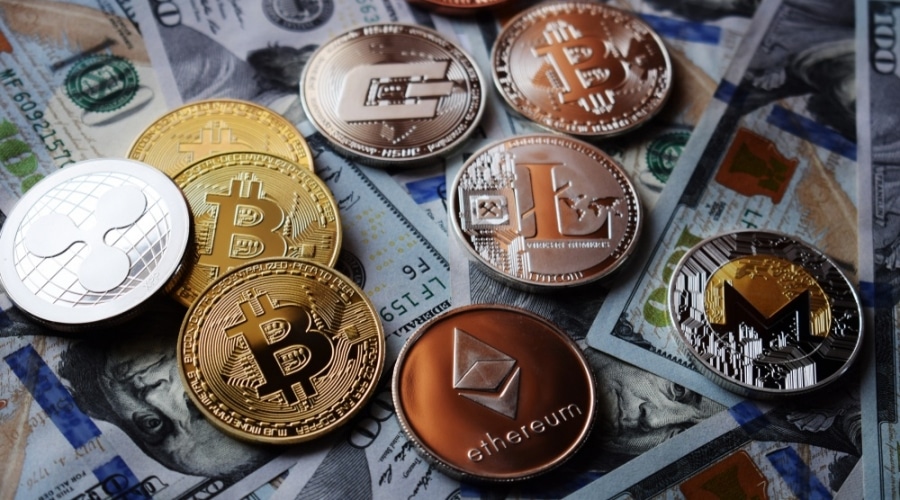
Holding crypto is basically on the same principle as day trading, but instead of making multiple trades in one day to capitalize on price fluctuations, you usually buy the coin at its bottom, then wait for a longer period of time to sell the coins at a significantly more increased price.
But will a new altcoin season start again? Will we really see a huge price recovery that can surpass previous all-time highs? While hundreds of altcoins will most likely fail and disappear from the market, the ones that remain have a high chance of seeing exorbitant increases, if we look at previous bull runs.
When we look at past charts from late 2013, at the peak of the bull market, the top 10 coins according to market cap included Peercoin, Namecoin, Megacoin, and Feathercoin. Out of the top ten of 2020, only Bitcoin, Litecoin, and Ripple remained in the top ten from 2013.
From this, we can see that altcoin positions can greatly change over time. But an altcoin can also be propelled to new positions and increase in value with the right circumstances.
While other investors and speculators all have different strategies when it comes to trading or diversifying their portfolio, holding cryptocurrencies in different assets can prove to be a lucrative endeavor.
However, hedging is essential, as we would not recommend putting all your money into one asset. Your portfolio should be diverse in order to minimize the risk. Not all of the cryptos you buy and hodl will bring big returns.
Information Asymmetry
In spite of its massive drop, Bitcoin still remains one of the most valuable coins at the moment and for the foreseeable future. It will most likely continue to keep this title, as long as there are no critical bugs, changes in adoption and supply, or intense global restrictions.
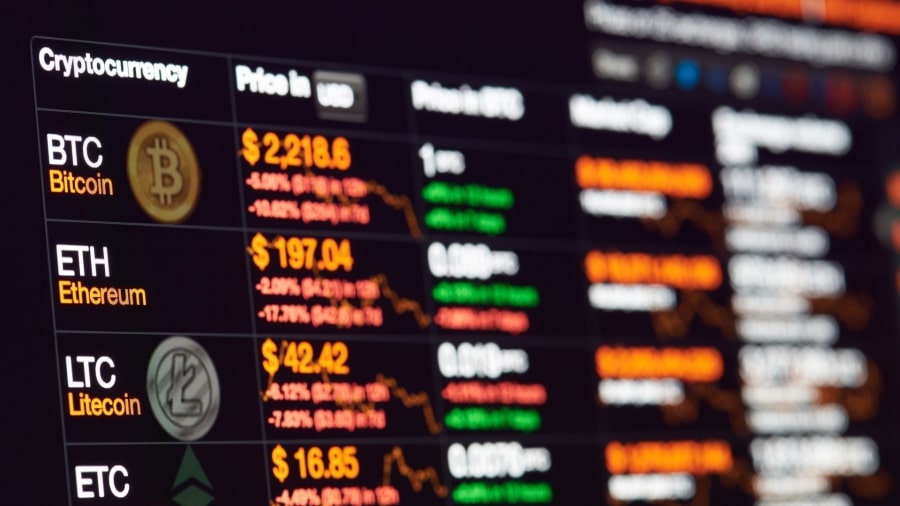
When Bitcoin drops, usually, the entire altcoin market follows. This pattern has been noticed time and time again, especially in coins that have positive correlations with the Bitcoin price.
A report from Cointelegraph noticed how Bitcoin and price correlation affects the movement of altcoins:
- “from April 2019 to June 2019[..] correlations between Bitcoin and the top 30 cryptocurrencies in the market today, we find that (58% of cryptocurrencies show correlations that are higher than 60% against Bitcoin in such periods.
- A correlation of 0% means that the currencies are not correlated in any way, while 100% means the currencies are fully positively correlated. Additionally, a correlation of -100% means the currencies are fully inversely correlated.
- The most notable currencies correlated with Bitcoin are Ether (ETH), Dash, Bitcoin Cash (BCH), Monero (XMR) and EOS with correlations between 74% and 82%. On the other side, USD Coin (USDC) has the lowest correlation from all currencies, with a negative relationship (-4.3%), followed by HedgeTrade (HEDG) with a 13.3% correlation.
- Currencies like Chainlink (LINK), Cosmos (ATOM), Crypto.com Chain (CRO) and Huobi Token (HT) also show a low correlation with Bitcoin – between 20% and 30% – during this period.
- Bitcoin has signaled that a bullish scenario could play out throughout 2020 and since the start of 2020 the digital asset has gained more than 35%. During this period, consistently high correlations are seen as was previously the case with large-cap altcoins such as Bitcoin Cash, Ethereum, Litecoin (LTC), NEO, TRON (TRX) and XRP.”
At this time, when new lows have been met, now might be the right time to buy and hodl cryptos. Bitcoin is already showing signs of recovery, bouncing back past $6000.
While it is highly improbable for Bitcoin to see gains of 10,000% again, especially this year, the same might not hold true for some altcoins. This year, many lower capped altcoins have seen tremendous gains. Keep in mind that some of these coins then promptly crashed after their massive rallies.
Bitcoin is expected to see further gains after the halving, but the serious gains might not happen this year if we look at past halvings.
Final Thoughts
By holding your coins this year and waiting patiently, you can take advantage of the next altcoin season and exponentially increase your Bitcoin or altcoin stack.
Featured image: the-ecoin.com














